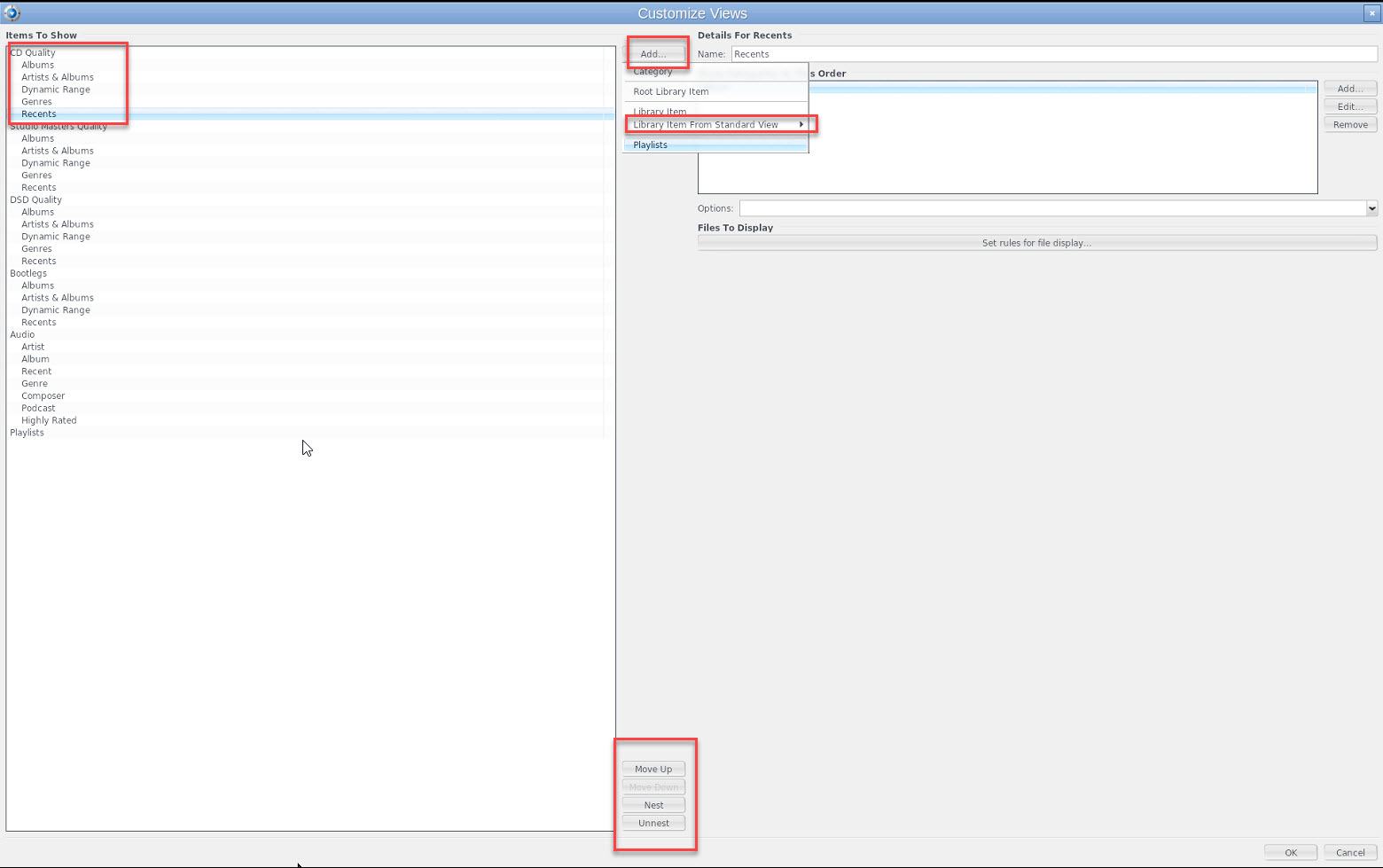

Since the Renderer decodes the files received over ethernet into a digital stream at the DAC I don't think Roon would have a role in my set-up? I have read really great things about it but I am not sure how I could use it with the MSB Renderer. I had read that Roon is not compatible with UPnP devices. This has many many consequences, but I'm going to leave it to to explain that in his blog post.

One of many cons of UPnP is that the burden of decoding a complex compressed data stream, which requires quite a bit of machinery, is the burden of receiver. This is not the case with AirPlay, where the shitty crystal in your computer, which is being bombarded with high frequency noise from everything else in the computer, is driving the signal.
#Minimserver bubbleupnp server pro#
There are many issues here, and I'm still begging to write a good post about this on our blog, but I'll name 1 of each here.Ī pro of UPnP is that the clock is owned by the receiver. they can cause problems of varying degrees if your DAC and analog stages are not isolated properly. High speed RAM, SSDs, magnetic hard drives, WiFi PHYs, ethernet PHYs, CPU clocks, etc. The article mentioned above is noting that processing audio in a "computer" has a bunch of side effects you may not notice. I'm ignoring clock jitter on the DAC's input, as that is a solved problem by reclocking with a good crystal (maybe not for all, but Meridian eliminates this issue).įor example, putting a electrically noisy ethernet PHY chip next to your DAC will not make a difference at all to the "first digital half", but it may destroy the "second half's" output. If anything can introduce noise into the "second half", then even though bits are bits to the "first half", the output can be radically different. The DAC's "first half" is digital, the "second half" is analog. In the end, what matters is how those bits get turned into waves. We at Roon are strong believers that bits are bits, however, processing those bits can create analog differences that are very real. Developing workarounds that may allow us to play nicely with many of them is a priority, but it is not expected that we will include support for UPnP AV devices at launch. Nevertheless, we're aware of how important UPnP support is to the owners of those devices and we would like to support as many UPnP AV devices as possible. UPnP is unique in working this way-the more modern standards like AirPlay, Linn Songcast, Google Cast, Meridian Streaming, RoonSpeakers, and AIR allow for significantly less variation on the part of the hardware manufacturer, and support more flexible audio streaming models that allow us to integrate them with few or no compromises in user experience. Many of the features we support, such as streaming content, DSP, gapless playback, and DRM, are in conflict with this rigid expectation. You can use MinimStreamer together with MinimServer to do the following: Transcode a file from your MinimServer library 'on the fly' to a different format for streaming to your music player. MinimStreamer is packaged as an optional extension to MinimServer. Most UPnP devices really want to have direct access to seekable, random-access media files. MinimStreamer is a home hub for network audio streaming and audio stream processing. The effort required to support one device may be substantially different from the effort required to support the next if they implement different optional subsets of the standard. Complicating the issue is the fact that the UPnP standard is pretty loose. UPnP AV is one of the oldest streaming audio standards still in use and it is showing its age.

I have captured a couple of their comments and have posted them here. Please Log in or Create an account to join the conversation.Just don't go with UPnP devices if you intend on moving to Roon anytime soon. But ipeng does not see this playlist nor vice versa. Instead a track is sill being played that I have started from the volumio web GUI. The track seems to start playing but nothing can be heared from it. Shouldn't it? I can add a track to the playlist and start it to play. Ipeng currently does not work!? I do not know what the problem is. Or are there other solutions to stream from qobuz to the SHD on iOS? Is there any chance to fix this? If nothing helps I have to configure the bubble UPnP server for the SHD.
#Minimserver bubbleupnp server update#
The app is missing support for this in the "linn streamer" and I am asked to update its firmware. I can play tracks from my NAS (via minimserver). Linn/kazoo (the new white app): Can find the SHD. Linn/kazoo (the old black app): does not find the SHD at all. Even from my local NAS (minimserver) nothing can be played. But I had the hope that the iOS apps like lumin or linn kazoo do work as well. The bubble UPnP app does work really fine.


 0 kommentar(er)
0 kommentar(er)
